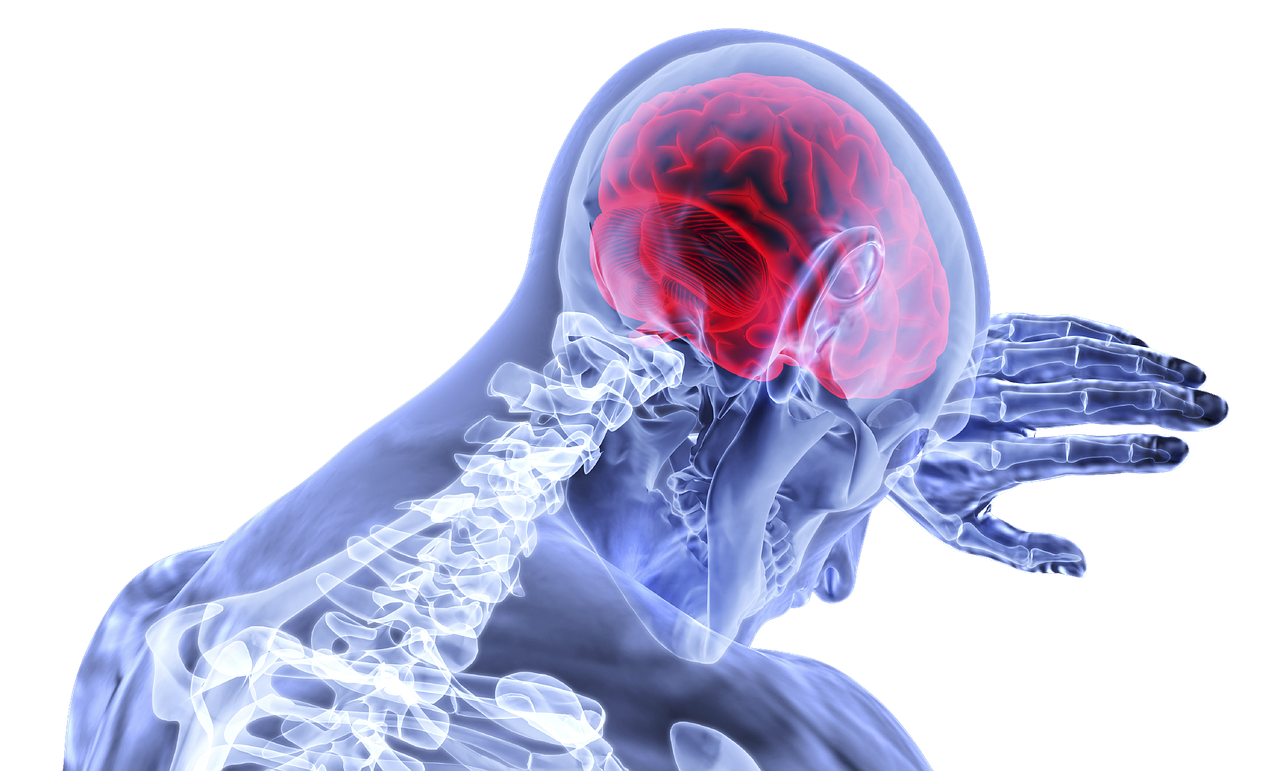Traumatic brain injury (TBI) has continuously proven itself to be a significant public health concern, especially in children. In all ages, brain injury makes up for up to a third of deaths caused by any type of injury. Especially in persons aged 1-19 years, TBI can cause delays and damage in memory, development, emotional wellbeing, and much more. Researchers estimate approximately 40% of all TBIs occur in children under 19 years of age, showing how children make up a disproportionate amount of injury in the United States each year. Because of this, it becomes important to discuss the public health implications of brain injury, the causes, and what should be done to mitigate the effects of brain injury on the general population.
TBI can occur as a result of any injury (often unnoticed). However, the most common mechanisms of brain injury include: motor collisions, falls, and assault. In young children and teens, there are new and interesting causes that come into play that are not nearly as frequently in adults. For example, infants have the highest rate of TBI associated with consumer goods (such as, but not limited to: home furnishings, stationary, and floors/ceiling impacts) comparative to other age groups. Furthermore, sports (football especially) prove to be a major contributor to chronic concussions in adolescents. Patients with many independent mild TBIs can experience longer recovery times after injury and other long-term effects in regards to brain function and atrophy.
Due to the severe ramifications of TBI, it’s important to discuss the proper consumer and policy steps to take in order to alleviate those effects. While a subset of collisions and falls can’t be anticipated or avoided, more focus needs to be placed on enforcing helmet laws and reducing brain injury in the first place. At the community level, schools can implement campaigns intended to educate students on the risks of head injury, while parents should take proper safety precautions in the home to prevent unnecessary falls and slips. Research moves slowly with regards to improving the current therapies for patients suffering from TBI; therefore, in the meantime, legislators and health professionals should put a larger emphasis on educating communities on safe practices in the home and world that can reduce TBI incidences.
Image source: nycshooter
Contact sports such as soccer or football have become major contributors to pediatric traumatic brain injury.
Feature Image Source: VSRao.










